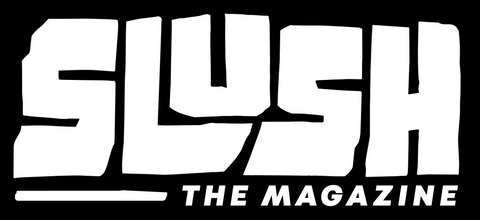
So, the land under Mount Baker Ski Area could be up for grabs. And no, not in a tinfoil-hat kind of way—in a quietly-legit legislative kind of way. Welcome to the “Big Beautiful Bill.”
The “Big Beautiful Bill” is a piece of proposed federal legislation—basically, a collection of policy changes bundled together for Congress to vote on. This bill covers a wide range of things, from economic spending to land management. One provision would allow the federal government to lease certain public lands to private companies, or transfer surface management to states. Supporters say it would reduce federal oversight and give local governments more control.
While handing federal land back to the states may sound fine in theory, their fate is ultimately determined by the interest of local government officials, officials who have far fewer guardrails than those from the Bureau of Land Management or Department of Interior. Utah, for example, seems to be at a higher risk land sales since Utah Senator Mike Lee has spearheaded this specific piece of legislation.

National forests, BLM zones, and designated wilderness areas are the canvas for much of American snowboarding, especially in the backcountry. Even major resorts, like Mammoth, Mount Bachelor, and Mount Baker, operate on public land through leases with the federal government. According to official BLM maps, those three resorts are situated entirely on land that could, under the “Big Beautiful Bill,” be eligible for mineral leasing or other energy-related development.
And that’s just resorts—which felt like a somewhat startling place to start. While the idea of Mount Baker or Bachelor being auctioned off might stir up panic, that’s not exactly how it would go down. They’re not selling Mount Baker to the highest bidder (yet). But under the Big Beautiful Bill, they are dangling the mineral rights in front of oil and gas companies—offering up leases on BLM land that could turn your favorite skintrack into a staging zone for a drill rig. It’s not a land sale; it’s a land monetization scheme. The land stays “public,” but the definition of access starts to bend toward whichever private entity just outbid your film crew.

That said, smaller, lesser-known backcountry zones on BLM land—places without ski lifts but with skintracks, parking pull-offs, or trail access—could be far more vulnerable. Unlike ski resorts with established permits and public profiles, these areas often lack formal protections and could be leased for energy or mining extraction with far less scrutiny.
We’re talking about countless backcountry zones across Colorado, Utah, Idaho, Nevada, California, Oregon, and Washington—places people have been riding for decades, no ticket required. Then there’s Alaska, where large swaths of the Chugach could be auctioned off for lease, as well as terrain not far from Girdwood. The extent of it is honestly overwhelming—too vast, too consequential, and too real to ignore.

Now, to be clear, it’s still uncertain what “for lease” actually means in this context. Will mineral rights be leased out at auction? Will they be offered first to current operators? Could a resort try to lease its own adjacent terrain—or could a corporation like Vail swoop in and do it first? These questions haven’t been answered. But the possibility alone should raise eyebrows.
To be fair, there are folks who stand to benefit from public land leasing. They just typically don’t splitboard. Real estate developers, mining interests, and timber companies tend to see land not as a playground, but as potential revenue per acre. And while everyone’s entitled to a different kind of dream, theirs usually ends with a gate, a lease agreement, or a “No Trespassing” sign where your skintrack used to start.
It’s important to point out that this isn’t just about losing access. It’s not as simple as Vail or Alterra leasing adjacent terrain and charging more for parking—though ironically, that might be the best-case scenario. The real concern lies in what could happen when public land gets leased to industries that don’t just fence off the mountain—they destroy it. Mining, drilling, pipelines—these aren’t hypothetical boogeymen, they’re recurring characters in American land use. And when extraction becomes the priority, access is the least of the losses. We're not just talking about closed gates—we’re talking about entire landscapes altered beyond recognition. To be clear, I don’t know that there’s a vein of precious metal beneath Mount Baker. But under this bill, if there were, there’s nothing stopping someone from trying to lease the rights to find out.
So… what do we do?
Support the people already in the trenches—Winter Wildlands Alliance, Protect Our Winters, local organizations doing the boring work so you can keep having fun. Kick them a few bucks. Share their stuff. Talk about it.
Call your senators. Yes, it sucks. But so does watching your favorite zone get rebranded as a “high-potential development parcel.”

Stay loud. Stay in the loop—because the future of where we ride is being decided by people who don’t.



















